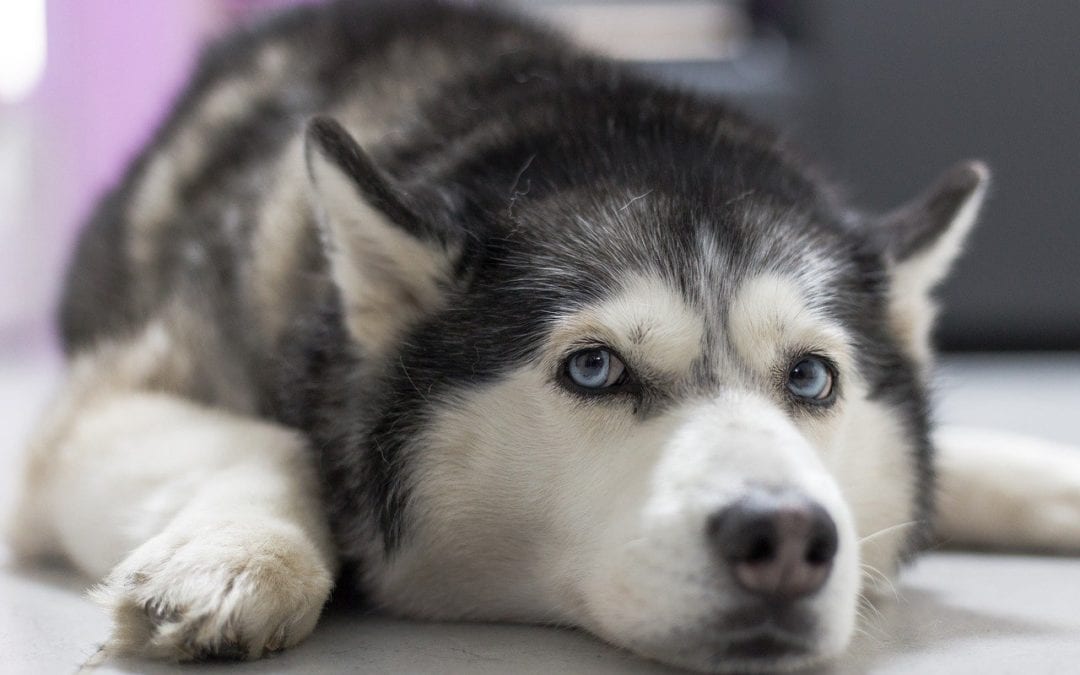Unlike humans, dogs and cats have three eyelids. The third eyelid is technically called the nictitans or nictating membrane, which arises from the inner corner of the eye and covers the eye diagonally. When the third eyelid gland is prolapsed, this is what is commonly known as “Cherry Eye.” Our team here at Animal Works is here to tell you everything you need to know about cherry eye in your beloved furry companion, and ways that we can help treat it.
What are the signs of cherry eye?
One of the clinical signs that your pet has cherry eye is if you see a red, swollen mass on the edge of their eyelid. Other signs to watch out for include epiphora (excessive tear production), inflamed conjunctiva, blepharospasm (excessive squinting), and dry eye. Keep in mind that these signs can occur in one or both of your pet’s eyes.
Which types of pets are prone to cherry eye?
The breeds that are most commonly affected by cherry eye include Boston terriers, beagles, cocker spaniels, bloodhounds, bulldogs, Shih Tzus, and other brachycephalic breeds. While cherry eye is most commonly seen in dogs, it can occasionally be a problem for cats as well.
How is cherry eye treated?
Over the years, the surgical procedures that have been used to treat cherry eye have evolved. Historically, the prolapsed gland was treated like a small tumor and was simply removed. Over the last several decades, veterinarians began to realize removing this gland would often create a tear deficit that the remaining tear glands couldn’t overcome. The result is the eye becomes dry and uncomfortable, a condition otherwise known as dry eye.
Nowadays we like our patients to maintain the greatest amount of tear-producing tissue as possible, which is why new procedures that attempt to anchor the gland in the proper location are in vogue. There are two techniques for doing this: the tucking method and the imbrication method. The traditional tucking method is probably most commonly performed. Here, a single stitch is placed to draw the gland back where it belongs.
The second and newer surgical technique is known as imbrication, where a wedge of tissue is removed from directly over the actual gland. This technique is more challenging as it is not easy to determine how much tissue to remove. Tiny stitches, that eventually dissolve, are used to close the gap so that the tightened membrane pushes the gland back in place.
Complications from either procedure are uncommon, but it’s important to be aware of the following possibilities:
- The cherry eye may reoccur. Success rates are generally high, but in susceptible breeds recurrence is more common. If this happens, another surgery with your vet or potentially with an ophthalmologist will be recommended.
- Inflammation is common in the first week, and this will cause an increased urge to rub or scratch the eye. The E-collar is especially important during this phase to ensure the delicate stitches have time to do their job.
- Sometimes a cherry eye is one of many problems taking place in the same eye, so multiple surgeries or a specialist may be required.
Correcting a cherry eye is a procedure that we are comfortable performing for your furry friend. Please contact us if you have any questions!

